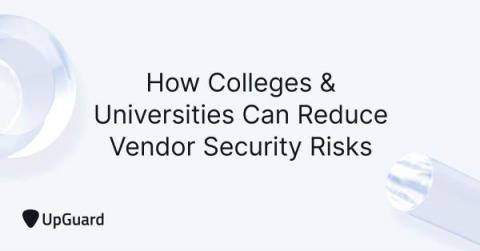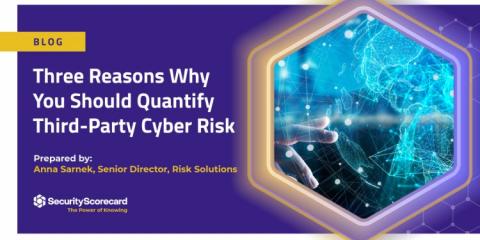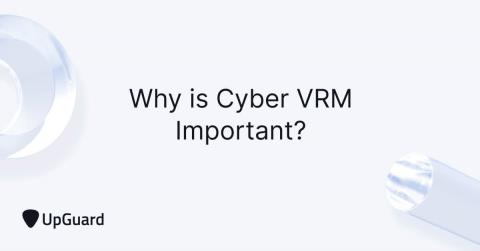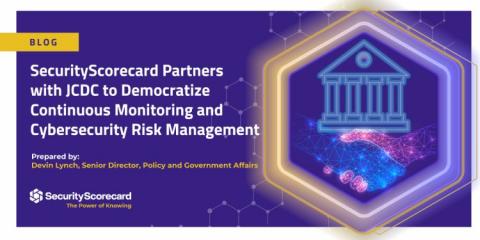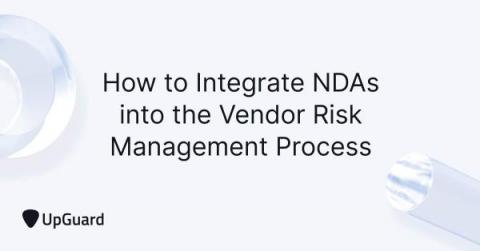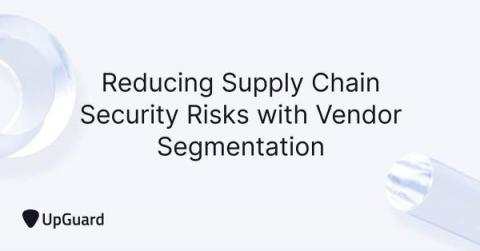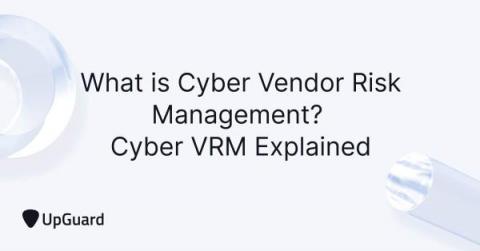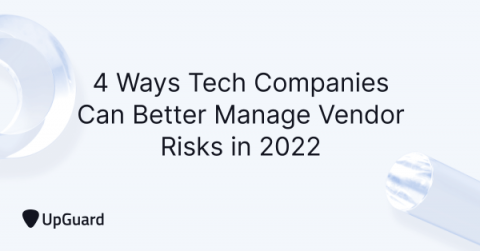How to Mitigate Risks When Your Data is Scattered Across Clouds
Cloud applications have opened up limitless opportunities for most organizations. They make it easier for people to collaborate and stay productive, and require a lot less maintenance to deploy, which means they’re much more affordable and easy to scale to your needs. But for all of their benefits, cloud apps also open up your organization to a host of new risks. By enabling users anywhere access to corporate resources you lose the visibility and control that perimeter-based tools provide.



